Clean beauty is all the craze today and it has people seriously changing the way they view and purchase beauty product, but why is everyone obsessed with clean beauty?
For years people have been obsessed with buying environmentally friendly products like eating “clean” food, shopping sustainable and ethical fashion & beauty, or simply by using “clean” household products and cleaners. Consumers want their products sustainable, organic, free of chemicals or genetic modification, and overall safe for their health. Recently though, people have started to become obsessed with making their beauty products clean too. Consumers want to know what ingredients are in their makeup and skin care products, what they actually mean and whether they are safe or healthy.
There are no guidelines when it comes to labeling and marketing beauty products as clean. This is why it has become the consumer’s job to do their own research on what ingredients they want and which ingredients they don’t want in their products.
(“Clean” Brands)
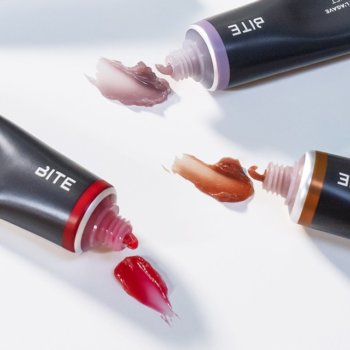

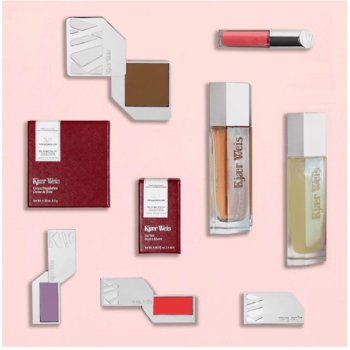
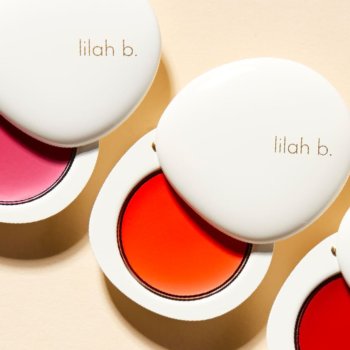

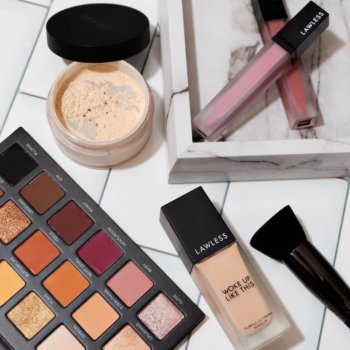
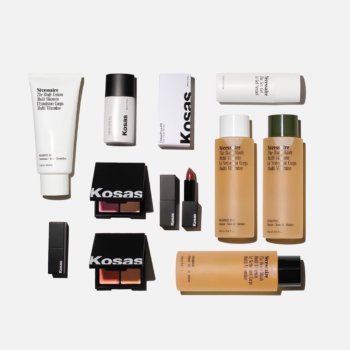
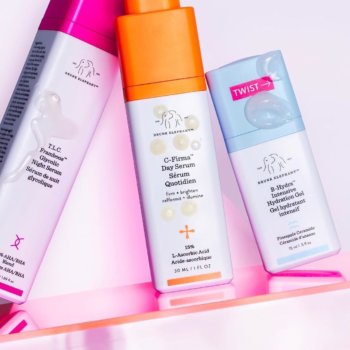
The More You Know…
If you’re not familiar with clean beauty and what it means for a product to be clean, then this is the first thing you should know: companies do not have to include all the ingredients used in their products on the packaging. This means when a product says “fragrance” on the ingredients list you don’t actually know what fragrances or chemicals were used or the quantity used. It’s also important to note that not all chemicals are dangerous. Whether we like it or not, everything uses chemicals, so what we should actually be worried about is the amount of chemicals in our products and which are being used.
However, as stated, transparency is currently not required by beauty companies. This means that a company does not have to disclose the quantity of each chemical in the product, as well as, where the ingredients are sourced from. This is why finding clean beauty products can be so hard and confusing!
Did you know that the FDA does not have to approve the products before they can be sold in the market? This means that companies can and have sold products with harmful ingredients, whether it be harmful to your skin, the environment, and even your lungs. Did you also know that over the past few decades the EU has banned over 1,300 ingredients from being used in beauty and personal care products and the US has only banned 30. I know, isn’t that mind blowing.
Don’t Let Yourself be Greenwashed
Obviously it is very important nowadays to use products that are good for our planet and for our bodies, but if a product says it is eco friendly, pure, botanical, natural or clean that often can be not true and very misleading. Even products that say they are organic might not have been approved by the USDA. This is where the whole discussion about clean beauty originated, because “greenwashing” products has infiltrated the beauty industry in order to increase sales but consumers are fed up with it. If you didn’t know, greenwashing is when a company claims that a product is good for you or good for the environment in order to promote the sale of a product, when actually the ingredients may be quite far from their claims.
Now you must be wondering, if companies are “greenwashing”, selling products that aren’t FDA approved, and withholding their ingredients list then how am I supposed to know if a product is REALLY clean or not? Well, “clean” beauty can be defined differently by each person and each company, depending on what they deem as “un-safe”. Therefore, it really comes down to you, the consumer, to understand the ingredients used in these products and knowing if a company is truly transparent, so you can make the decision yourself.
(“Clean” Products)
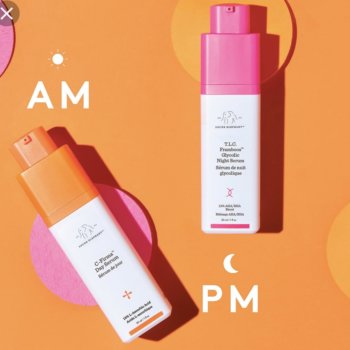


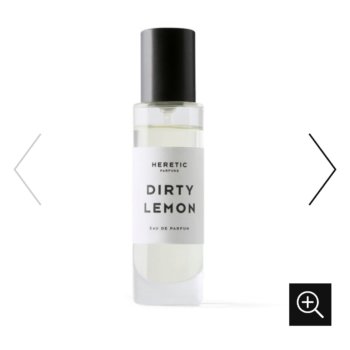


Jump Start Your Clean Beauty Lifestyle
To help you out with this there are a few different websites you can visit that expose the truth about ingredients, brands and products and then make recommend for “clean” alternatives.
First, you can visit Environmental Working Group (EWG). This website has numerous tools to help you navigate the clean beauty industry. For example, there is “EWG’s Skin Deep Guide to Cosmetics” which allows you to look up products, ingredients, and brands and will score them based on different factors with 1 being a positive score and 10 being higher and more negative score. What they have done is create a cosmetic ingredient database that consumers can use free of charge!
Another useful website is Goop. This site has numerous different articles, guides, and their own products that reflect what they believe to be clean beauty. Specifically, you can find on their website articles about “Clean, Non-toxic Beauty”, “Clean Beauty – and Why It’s Important”, and a link to shop clean beauty
The next clean beauty advocate that consumers can use to shop clean beauty products is at Sephora. Last year Sephora announced its “clean at Sephora” seal that has made shopping for clean beauty products and brands much easier. Products with the “clean at Sephora” seal are free of… ready for it… sulfates (SLS and SLES), parabens, formaldehydes, formaldehyde-releasing agents, phthalates, mineral oil, retinyl palmitate, oxybenzone, coal tar, hydroquinone, troclosan, and triclocarban. Now you can just click on the Clean Makeup tab or scroll through the numerous choices of clean cleansers, toners, brushes, moisturizers, serums, masks, and SPFs on the Sephora website.
A quick and easy app or website you can use if you’re just trying to look up some quick information about an ingredient, product, or brand is the GoodGuide app. They use product ingredient information with authoritative sources for chemical regulations to rate the products so the consumer can evaluate their product easily and quickly. They gather ingredient information through publicly available data or straight from the manufacturer. You can search a product and be able to see all the ingredients and what their rating is. You can then click on an ingredient and read all about what the rating means, for example if there are any health risks, as well as, other information depending on the product and ingredient.
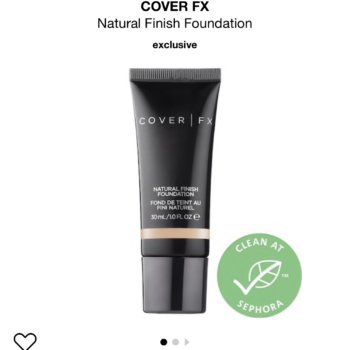
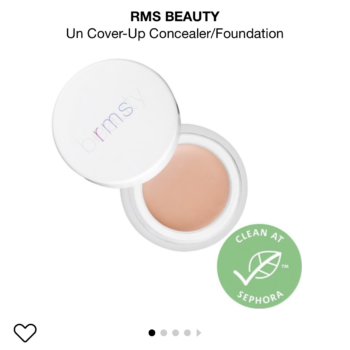
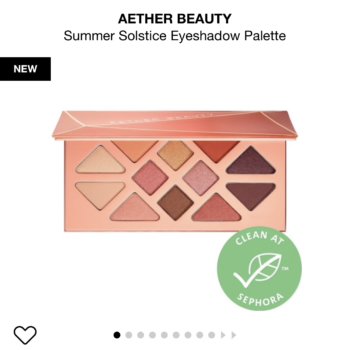
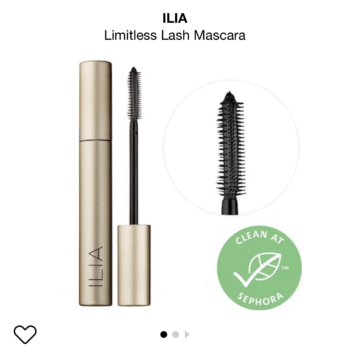
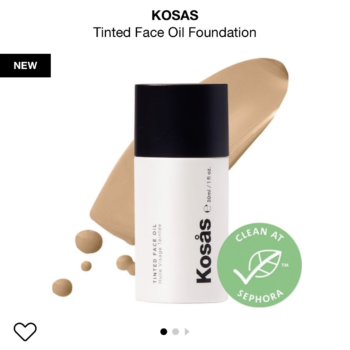
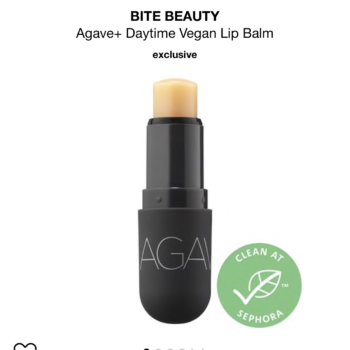
Share this Post

